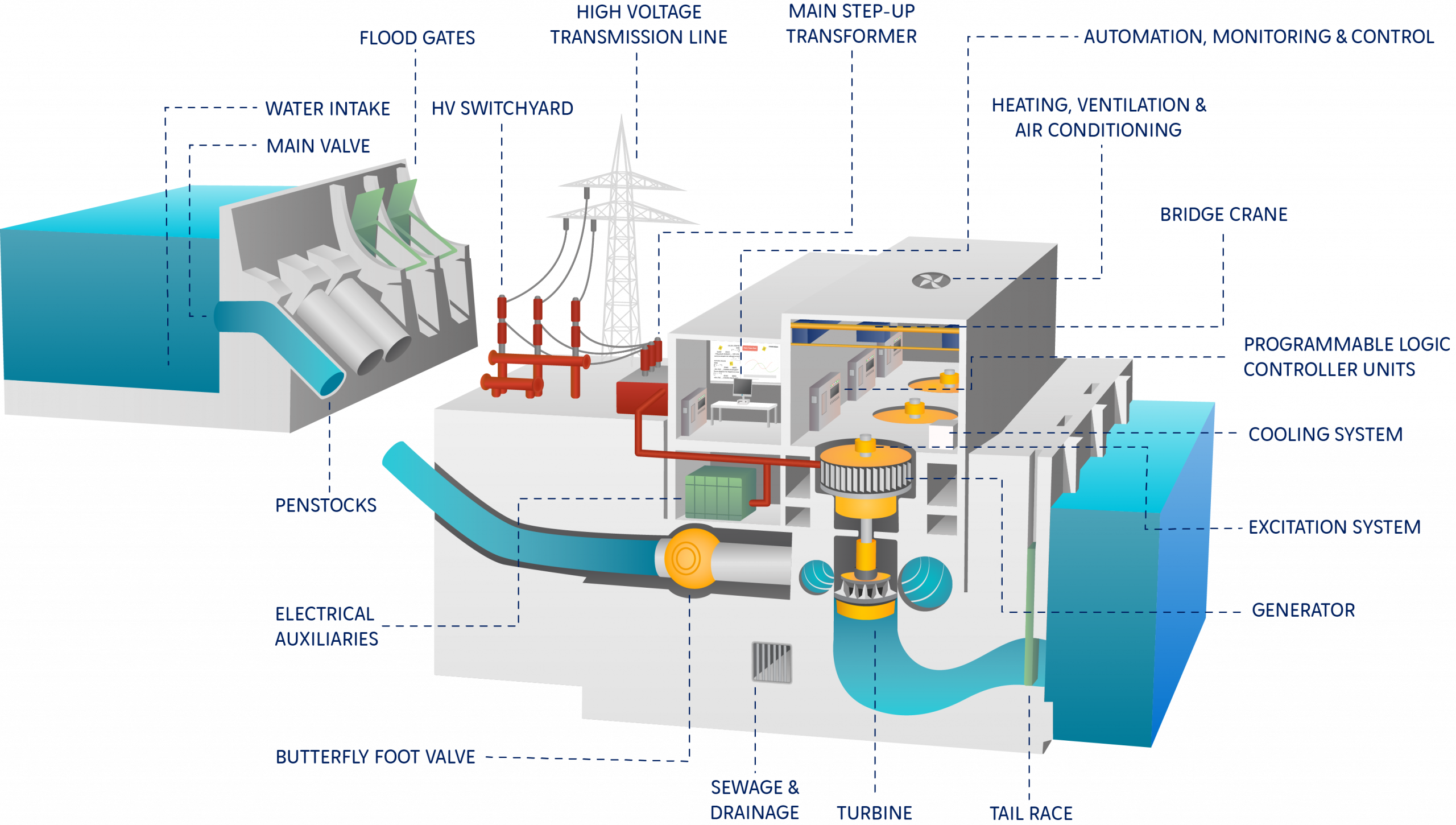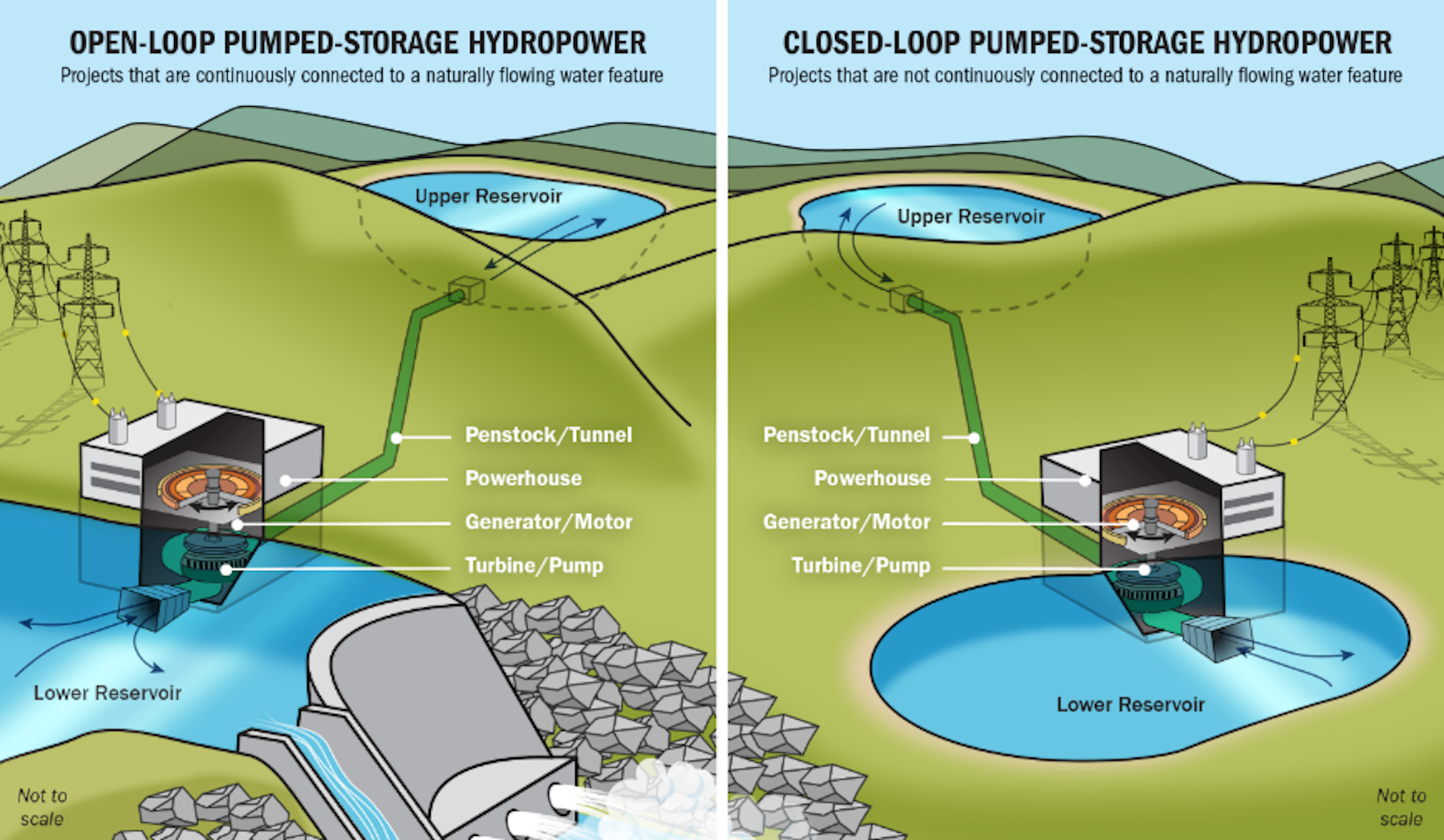Can we truly harness the power of water to revolutionize our world? Hydro systems represent a pivotal frontier in engineering and sustainability, offering innovative solutions across diverse sectors, from energy production and agriculture to wastewater management and environmental preservation. The potential to reshape our relationship with water, and the broader environment, is immense and warrants a comprehensive examination.
The allure of hydro systems lies in their adaptability and inherent efficiency. These systems, encompassing everything from small-scale irrigation networks to massive hydroelectric dams, share a common thread: they utilize the properties of water to achieve specific outcomes. The effectiveness of these systems, however, is heavily reliant on careful planning, robust implementation, and continuous monitoring. The field has grown significantly with advancements in materials science, computer modeling, and automation, paving the way for increasingly sophisticated and sustainable hydro systems.
One of the most prominent applications of hydro systems is in the generation of electricity. Hydroelectric power plants convert the kinetic energy of flowing water into electrical energy, providing a clean and renewable source of power. Dams, strategically placed on rivers, create reservoirs that store vast quantities of water. When released, this water flows through turbines, spinning them and generating electricity. These plants, though offering significant environmental benefits, must be carefully designed and operated to minimize their impact on aquatic ecosystems. Environmental impact assessments, habitat restoration programs, and the incorporation of fish passage systems are integral to mitigating any potential ecological damage. Hydroelectric power plants continue to be a cornerstone of global energy infrastructure.
Beyond electricity generation, hydro systems play a critical role in agriculture. Irrigation systems, using canals, pipes, and sprinklers, distribute water to crops, ensuring their growth and productivity. Drip irrigation, a particularly efficient method, delivers water directly to the roots of plants, minimizing water waste and maximizing yields. Advanced technologies, like sensors and automated controls, are increasingly being employed to optimize irrigation schedules and water usage. Moreover, hydro systems are instrumental in managing water resources for agricultural use and improving crop yields.
Wastewater treatment represents another essential application of hydro systems. These systems use a combination of physical, chemical, and biological processes to remove contaminants from wastewater before it is released back into the environment. From settling tanks that separate solids to filtration systems that remove suspended particles, and the use of microorganisms to break down organic matter, hydro systems play an indispensable role in protecting public health and preserving water quality. Advanced treatment technologies, like membrane filtration and advanced oxidation processes, are increasingly being adopted to remove trace contaminants, ensuring water is safe for reuse or discharge.
The evolution of hydro systems is closely intertwined with technological advancements. The development of more efficient turbines, pumps, and filtration systems has dramatically improved the performance and sustainability of these systems. Computer modeling is used to optimize system design and operation, predict performance, and identify potential problems. Automation and remote monitoring technologies are being utilized to reduce operational costs and enhance the reliability of hydro systems. As technology continues to advance, hydro systems are likely to become even more efficient, cost-effective, and environmentally friendly.
The challenge of sustainable water management is inextricably linked to the responsible development and implementation of hydro systems. As the global population grows and the effects of climate change intensify, pressure on water resources will escalate. This demands a shift towards integrated water resource management, which involves coordinating the use of water for all purposes, balancing competing demands, and protecting the environment. Hydro systems must be designed to be flexible and adaptable, accommodating changing water availability and the need to address environmental concerns. The implementation of efficient hydro systems will play a pivotal role in ensuring water security for future generations.
Water scarcity is becoming an increasingly pressing issue in many parts of the world, exacerbated by climate change, population growth, and inefficient water management practices. Hydro systems offer crucial tools for addressing water scarcity. Efficient irrigation systems, for example, can reduce water consumption in agriculture, and water reuse technologies can provide alternative water sources. Furthermore, innovative approaches, like rainwater harvesting and managed aquifer recharge, can contribute to water supply and resilience. The smart utilization of hydro systems is essential for mitigating the impacts of water scarcity and securing sustainable water resources.
The economic implications of hydro systems are multifaceted. The construction and operation of hydroelectric power plants, irrigation systems, and wastewater treatment facilities create significant employment opportunities, contributing to economic growth. Investment in these systems can generate returns on investment, and the availability of reliable water resources and clean energy can stimulate economic development. However, the economic viability of hydro systems is dependent on factors such as the cost of construction and operation, the availability of water resources, and the environmental impact of the project. Thorough economic analysis and careful financial planning are critical for ensuring the sustainability of hydro projects.
Case Study: The Hoover Dam
The Hoover Dam, completed in 1936, stands as a testament to the power and potential of hydro systems. Located on the Colorado River, the dam is a marvel of engineering, providing flood control, water storage, and hydroelectric power generation. The construction of the Hoover Dam was a monumental undertaking, requiring the participation of thousands of workers and the use of advanced technologies. The dam has provided a steady supply of electricity to the southwestern United States and has helped to regulate the flow of the Colorado River, preventing flooding and providing water for irrigation and municipal use.
The Hoover Dam's impact extends far beyond its engineering achievements. It transformed the landscape of the region, creating Lake Mead, the largest reservoir in the United States. The dams presence has spurred economic development, attracting tourism and supporting agriculture. However, the construction of the dam also had significant environmental consequences. It altered the natural flow of the Colorado River, impacting downstream ecosystems and the habitat of various species. Efforts to mitigate these impacts, such as implementing water management plans and restoring riparian habitats, are ongoing.
The Hoover Dam serves as a crucial case study in the planning, design, and operation of large-scale hydro systems. It provides valuable lessons regarding the complexities of balancing economic, social, and environmental considerations. The success of hydro systems depends on a comprehensive understanding of the environmental impact and the implementation of effective mitigation measures.
The Future of Hydro Systems
The future of hydro systems is incredibly promising, driven by technological advances, growing concerns about climate change, and an increasing demand for sustainable solutions. As technology advances, we can expect to see the development of more efficient and environmentally friendly hydro systems. The integration of renewable energy sources, such as solar and wind, with hydro systems is gaining momentum, creating hybrid energy systems that can improve energy reliability and reduce carbon emissions. Advanced modeling techniques and data analytics are being used to optimize the performance of hydro systems and improve their sustainability.
Furthermore, there is growing recognition of the role of small-scale hydro systems, especially in off-grid communities and in developing countries, where they can provide access to clean energy and improve livelihoods. These systems are more cost-effective and easier to install than large-scale hydroelectric projects. The integration of hydro systems with other renewable energy sources will play a crucial role in the transition to a sustainable energy future. Also, the increased focus on sustainability, circular economy, and environmental preservation will further promote the development and deployment of hydro systems. The long-term impact of hydro systems will be determined by the ability to balance the benefits of this technology with environmental considerations.
Challenges and Considerations
While hydro systems hold tremendous promise, their implementation is not without challenges. The construction of dams and other infrastructure can lead to the displacement of communities and the loss of natural habitats. The alteration of river flows can impact aquatic ecosystems, affecting fish populations and water quality. Also, there are concerns regarding the cost of construction, maintenance, and operation of hydro systems. Overcoming these challenges requires careful planning, thoughtful design, and the implementation of effective mitigation measures.
Environmental impact assessments are crucial for identifying and addressing potential environmental consequences. This involves analyzing the effects of hydro systems on water quality, biodiversity, and downstream ecosystems. Mitigation measures, such as fish passage systems, habitat restoration, and water management plans, are essential for minimizing the negative impacts. The active engagement of stakeholders, including communities, government agencies, and environmental organizations, is vital for ensuring that hydro projects are developed and operated responsibly. The success of hydro systems depends on balancing economic benefits with environmental and social considerations.
The development of hydro systems must align with the principles of sustainable development. This means considering the long-term environmental, social, and economic impacts of projects. Sustainable hydro systems are designed to minimize environmental damage, promote social equity, and contribute to economic prosperity. Sustainable development principles can be integrated through the use of renewable materials, promoting responsible water use, and engaging with local communities. It is crucial to prioritize environmentally sound, socially responsible, and economically viable hydro systems.

